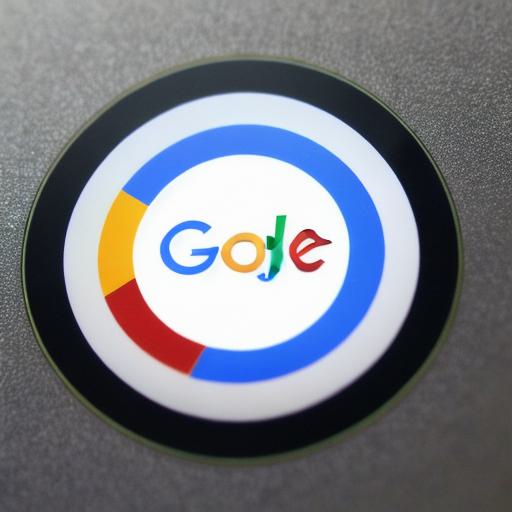As technology continues to evolve, we are seeing a shift towards decentralized networks and blockchain-based systems. One of the most exciting developments in this area is the integration of Google and Web3 technology. In this article, we will explore what this means for the future of the web and how it can benefit Web3 developers.
What is Web3 Technology?
Web3 technology refers to decentralized networks that use blockchain technology to enable secure, transparent, and trustless transactions. This includes decentralized applications (dApps), smart contracts, and other forms of blockchain-based systems. Web3 technology offers a number of benefits over traditional centralized systems, including greater privacy, security, and control for users.
Integrating Google and Web3 Technology

Google has been exploring the use of Web3 technology in several areas, including its search engine and payment system. One example is Google’s experiment with using blockchain technology to improve the efficiency and security of its search engine. By decentralizing the indexing process, Google could potentially reduce the risk of manipulation by bad actors and provide a more secure and reliable search experience for users.
Google has also been looking at how Web3 technology can be used in its payment system. The company has already experimented with using blockchain technology for payments in some countries, and it is likely that we will see more integration of this technology in the future. By leveraging the benefits of Web3 technology, Google could potentially provide a faster, more secure, and more transparent payment experience for users.
The Benefits of Web3 Technology

There are several key benefits to using Web3 technology, including:
- Decentralization: Web3 technology enables decentralized networks that are not controlled by any single entity. This can provide greater privacy and security for users, as well as more control over their data.
- Transparency: Web3 technology uses blockchain technology to enable secure and transparent transactions. This means that all parties involved in a transaction can see exactly what is happening and there is no risk of manipulation or fraud.
- Trustlessness: Web3 technology enables trustless transactions, where each party is responsible for their own actions. This can reduce the need for intermediaries and enable more efficient and cost-effective transactions.
- Openness: Web3 technology is open to anyone who wants to participate in the network, regardless of their technical expertise or location. This can create a more inclusive and diverse ecosystem that benefits everyone.
Case Studies and Personal Experiences
There are many real-life examples of how Web3 technology has been used successfully in various industries. One example is the use of blockchain technology in supply chain management to improve transparency and reduce fraud. Another example is the use of smart contracts in finance to enable automated and secure transactions.
One developer who has experience working with Web3 technology is Alexey Kovalenko, a senior software engineer at ConsenSys. He has worked on several projects that have leveraged blockchain technology to improve transparency and security in various industries. "Web3 technology offers a number of benefits over traditional centralized systems," he says. "By enabling decentralization, transparency, trustlessness, and openness, Web3 technology can create more efficient, secure, and inclusive networks that benefit everyone."
Summary
The integration of Google and Web3 technology is an exciting development that has the potential to transform the future of the web. By leveraging the benefits of Web3 technology, we can create more secure, transparent, and trustless networks that are better suited to the needs of users and developers alike. As Web3 technology continues to evolve, we can expect to see even more integration with traditional systems, including search engines and payment
